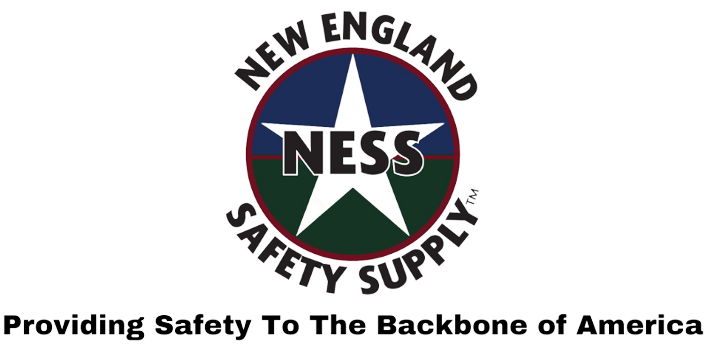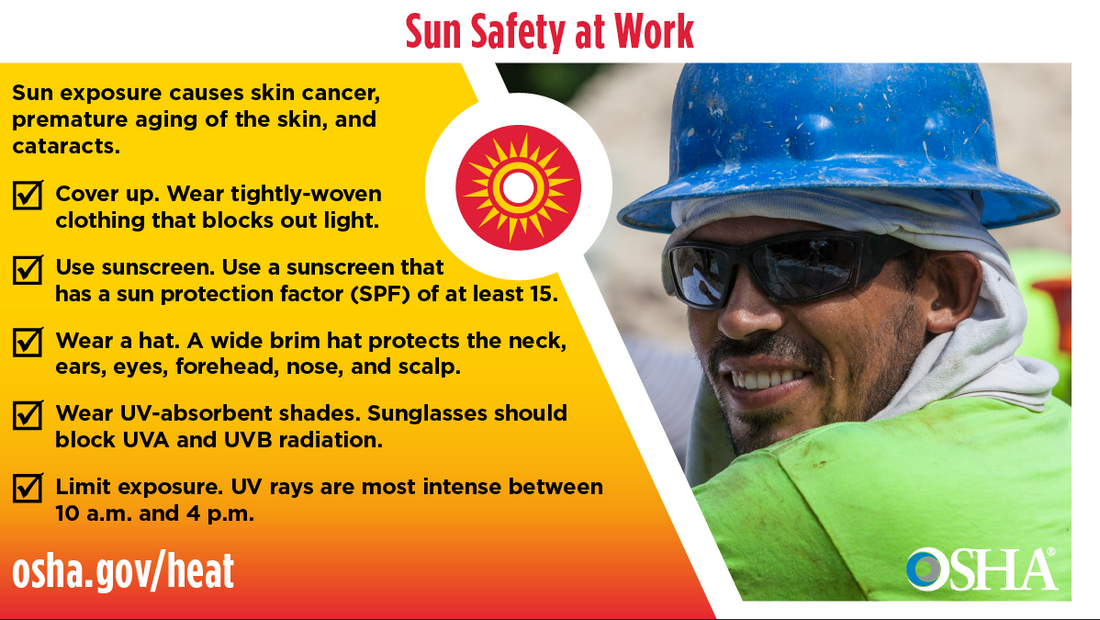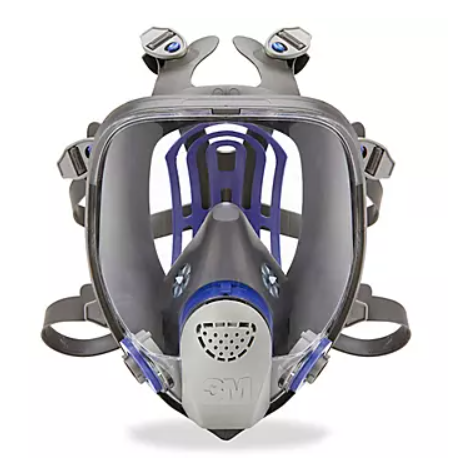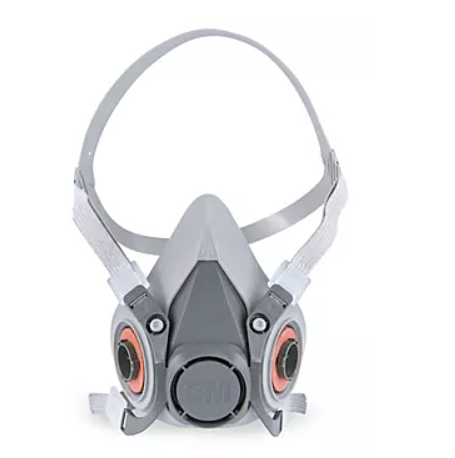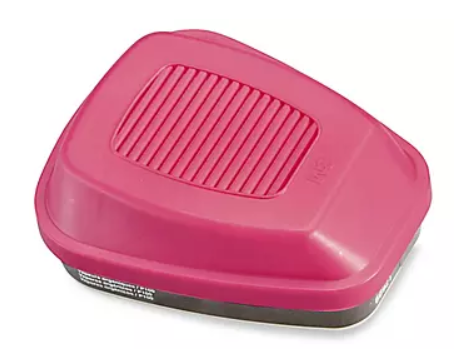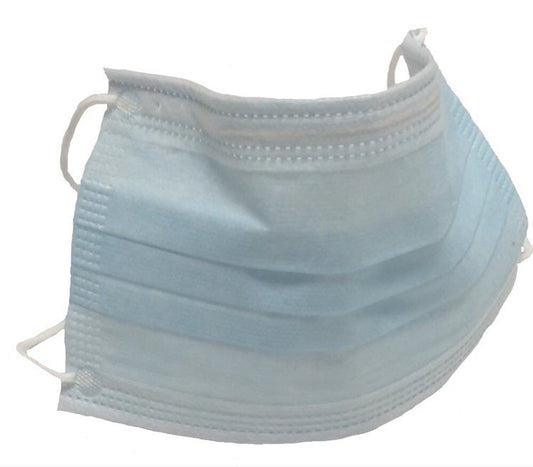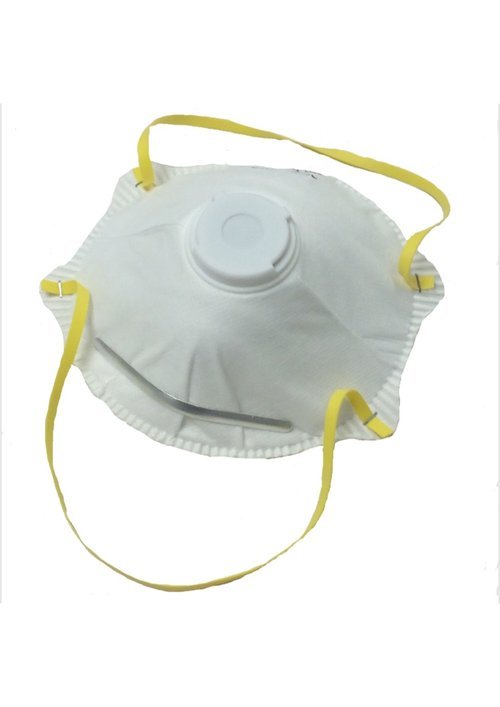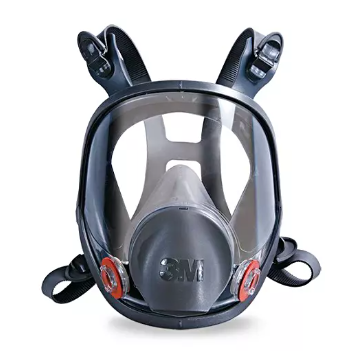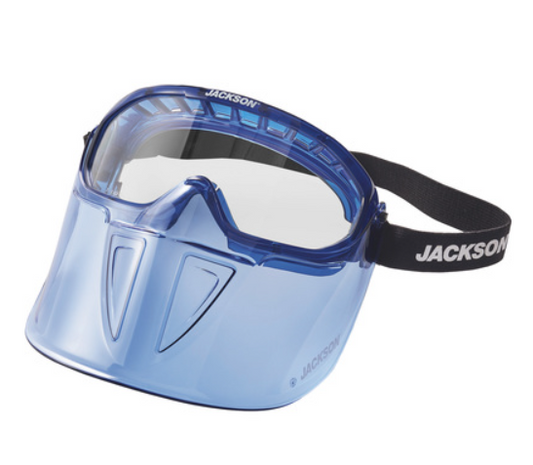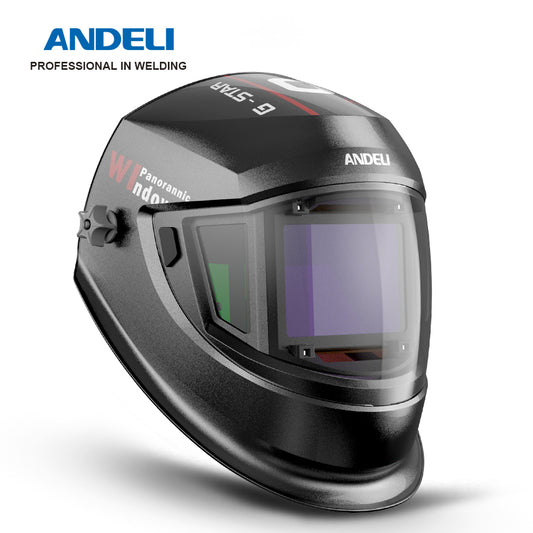The sun is an important source of energy and is essential for life on earth. However, it also poses significant risks, especially to workers who spend a significant amount of time outdoors. Sun and heat safety at work is essential to protect workers from the harmful effects of exposure to sunlight and high temperatures. In this blog, we will discuss the importance of sun and heat safety at work, the risks associated with prolonged exposure to sunlight and high temperatures, and ways to prevent sun and heat-related illnesses.

Importance of Sun and Heat Safety at Work:
Sun and heat safety at work is crucial for several reasons. Firstly, workers who are exposed to direct sunlight for extended periods are at risk of sunburn, skin damage, and skin cancer. Secondly, working in high temperatures can lead to heat exhaustion, heatstroke, and other heat-related illnesses. These conditions can cause serious health problems, and in extreme cases, they can be life-threatening. Thirdly, sun and heat exposure can impair workers' productivity, focus, and judgment, leading to accidents and injuries.
Risks Associated with Prolonged Exposure to Sunlight and High Temperatures:
Prolonged exposure to sunlight and high temperatures can cause several health problems, including:
-
Sunburn: Sunburn is the most common problem associated with prolonged exposure to sunlight. It occurs when the skin is damaged by the sun's ultraviolet (UV) rays. Sunburn can be mild or severe and can cause pain, redness, swelling, and blistering.
-
Skin damage: Prolonged exposure to sunlight can cause long-term damage to the skin, including premature aging, wrinkles, and skin cancer.
-
Heat exhaustion: Heat exhaustion occurs when the body overheats and can no longer regulate its temperature. Symptoms include nausea, dizziness, headache, and fatigue.
-
Heatstroke: Heatstroke is a life-threatening condition that occurs when the body's temperature rises above 104°F (40°C). Symptoms include confusion, seizures, and loss of consciousness.
Preventing Sun and Heat-Related Illnesses:
Preventing sun and heat-related illnesses requires a combination of measures, including:
-
Staying Hydrated: Drinking plenty of water is essential for preventing heat-related illnesses. Workers should drink water frequently throughout the day, even if they do not feel thirsty.
-
Wearing Protective Clothing: Workers should wear light-colored, loose-fitting clothing that covers as much skin as possible. This can help protect the skin from the sun's UV rays and keep the body cool.
-
Using Sunscreen: Workers should use sunscreen with an SPF of at least 30, and apply it to all exposed skin before going outside. Sunscreen should be reapplied every two hours or after swimming or sweating.
-
Taking Breaks: Workers should take regular breaks in shaded areas or air-conditioned spaces. This can help the body cool down and prevent heat-related illnesses.
-
Working during Cooler Hours: If possible, workers should try to work during the cooler hours of the day, such as early morning or late afternoon. This can help reduce the risk of heat-related illnesses.
-
Providing Training: Employers should provide training to workers on the risks associated with sun and heat exposure, and how to prevent and recognize heat-related illnesses.
Sun and heat safety at work is essential to protect workers from the harmful effects of prolonged exposure to sunlight and high temperatures. Workers should take measures to prevent sunburn, skin damage, heat exhaustion, and heatstroke. These measures include staying hydrated, wearing protective clothing, using sunscreen, taking breaks, working during cooler hours, and receiving training on the risks associated with sun and heat exposure. By following these guidelines, workers can stay safe and healthy while working outdoors.
For more information on heat safety Click Here.
 (508) 492-8975
(508) 492-8975